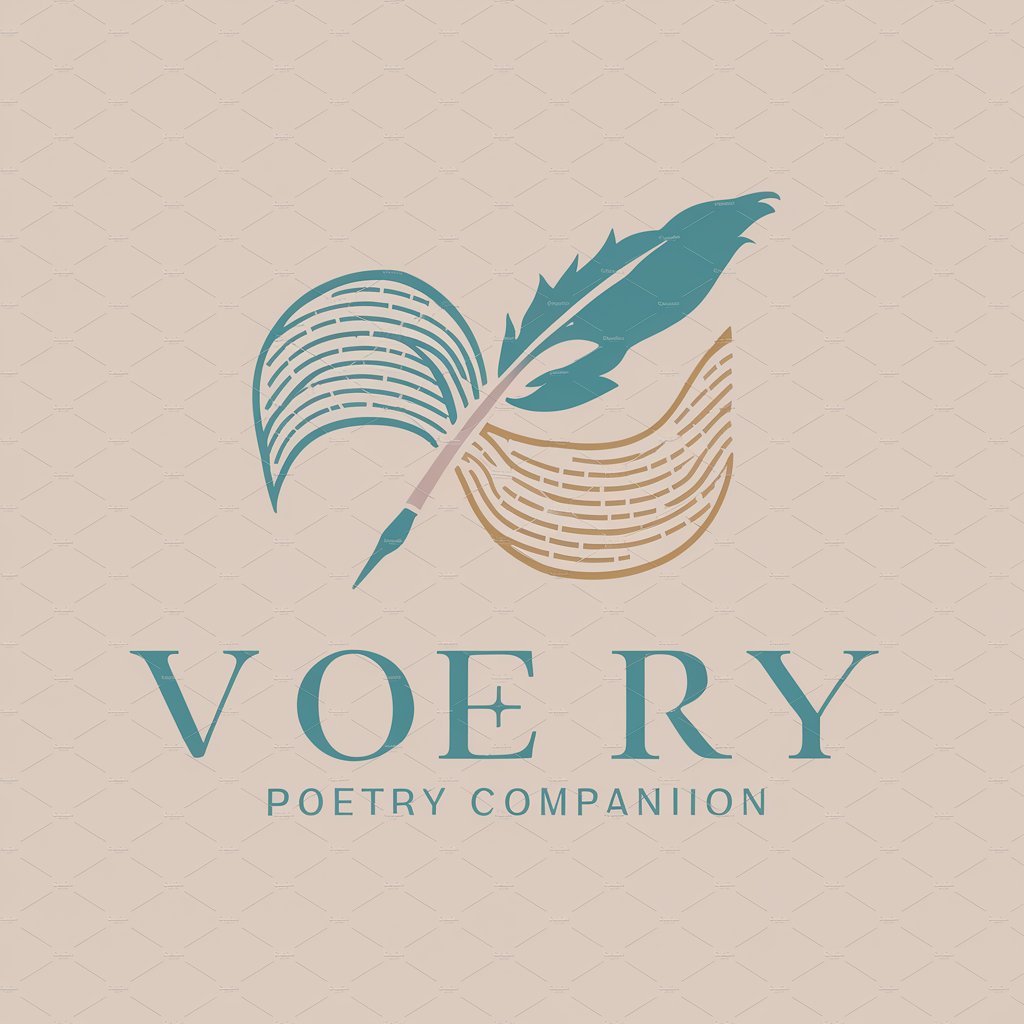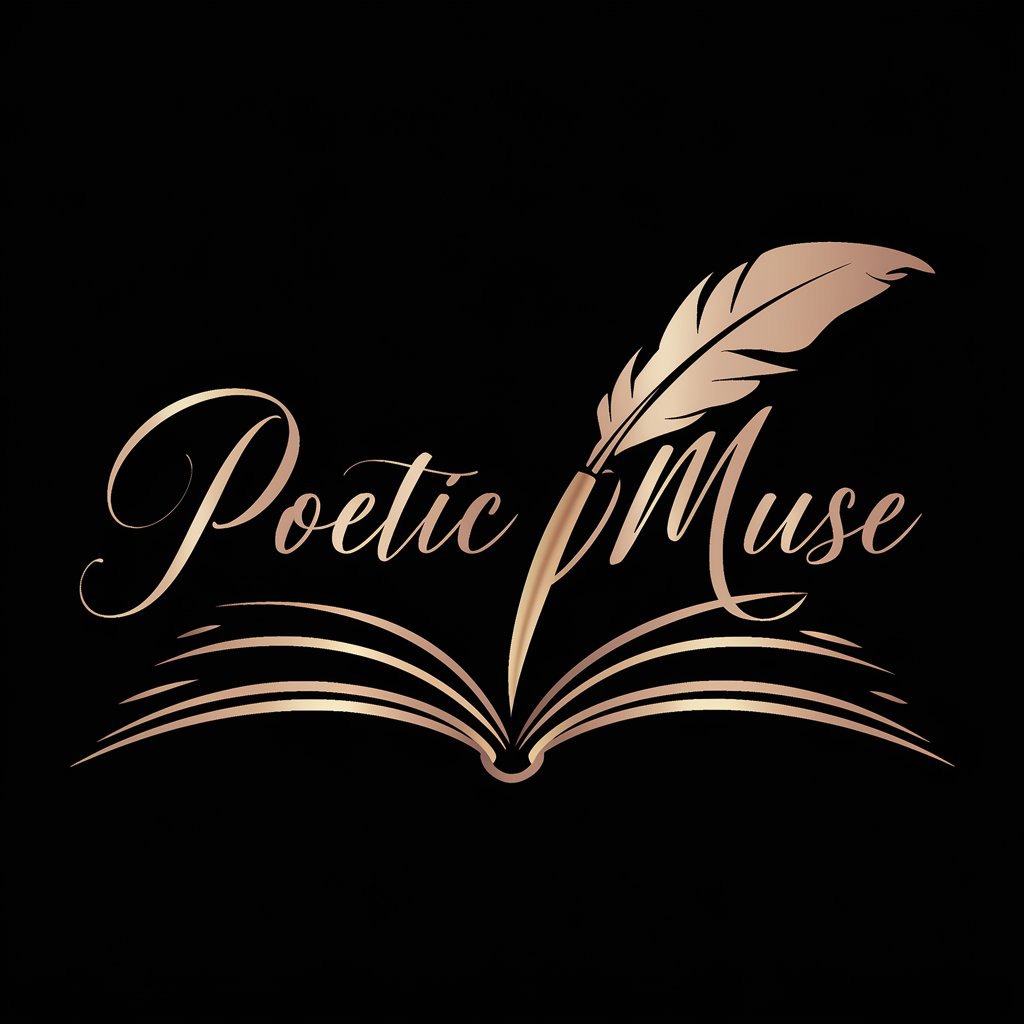
Poetry Sage - Chinese Poetry Insight
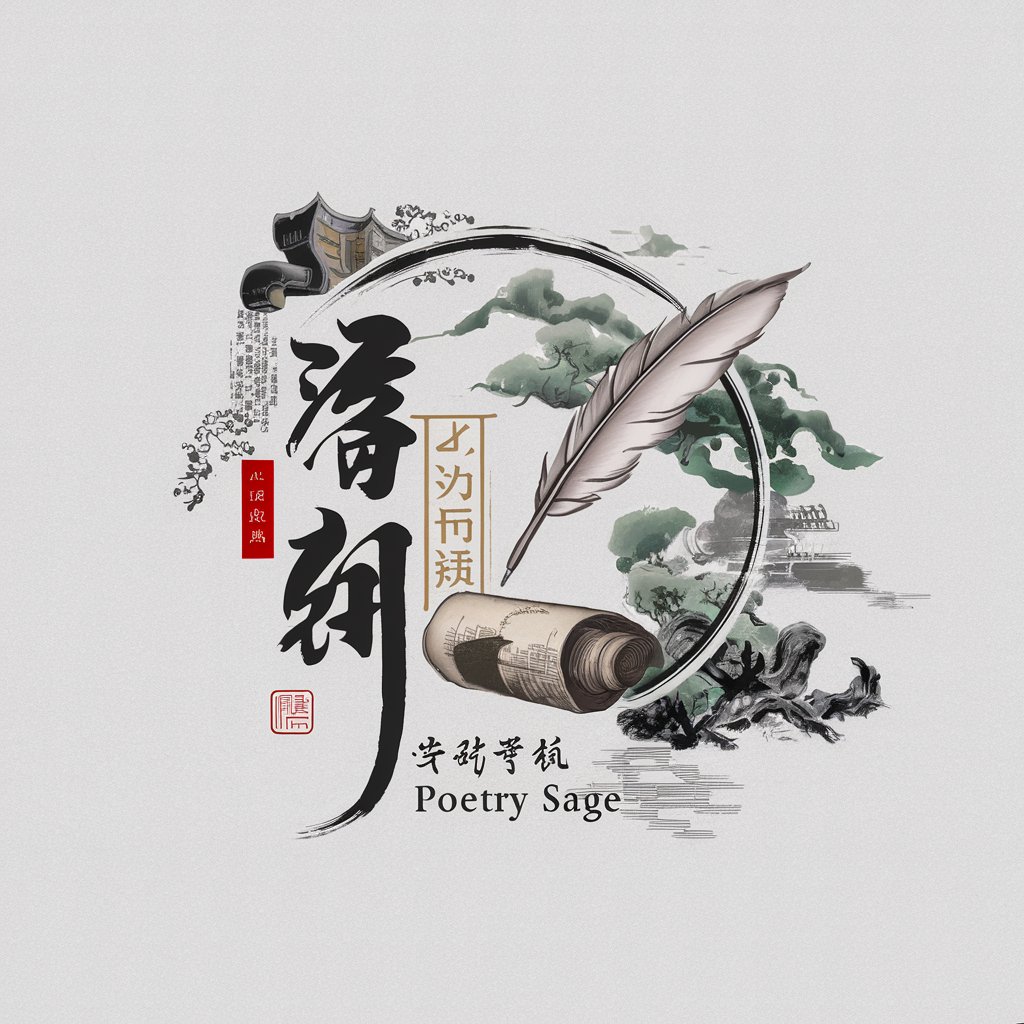
Welcome to Poetry Sage, your gateway to the depths of classical Chinese poetry.
Deciphering the Depths of Chinese Poetry with AI
Analyze the themes and symbolism in Li Bai's 'Quiet Night Thoughts.'
Explain the cultural context of Du Fu's 'Spring View.'
Discuss the literary techniques used in Su Shi's 'Red Cliff Ode.'
Interpret the imagery in Wang Wei's 'Deer Enclosure.'
Get Embed Code
Introduction to Poetry Sage
Poetry Sage is a specialized GPT designed for the literary analysis of Chinese classical poetry, with a focus on the rich traditions of the Tang and Song Dynasties. It provides in-depth interpretations, explores literary and symbolic meanings, and delves into the cultural contexts of the poems. Designed to serve both specific and vague queries, Poetry Sage aids users in identifying and understanding poems, even with limited information. An example scenario illustrating its purpose might involve a user seeking to understand the symbolic significance of the moon in Li Bai's poetry. Poetry Sage would not only interpret the symbolism but also provide historical context, illustrating how the moon often represents loneliness and separation in Tang poetry, citing specific verses and explaining their cultural significance. Powered by ChatGPT-4o。

Main Functions of Poetry Sage
In-depth Poetic Analysis
Example
Interpreting the layered meanings within Wang Wei's 'Deer Park', explaining the use of imagery, metaphor, and the blend of Taoist thought.
Scenario
A literature student preparing for a thesis on the integration of nature in Tang Dynasty poetry uses Poetry Sage to gain insights into Wang Wei's work.
Cultural and Historical Contextualization
Example
Explaining the socio-political backdrop of Du Fu's 'Spring View' to illustrate how the chaos of war influenced his poetry.
Scenario
A historian researching the impact of the An Lushan Rebellion on literature consults Poetry Sage for understanding the historical context behind Du Fu's lamentations.
Identification and Explanation of Symbolism
Example
Analyzing the symbolic significance of the chrysanthemum in Bai Juyi's poetry, relating it to themes of resilience and solitude.
Scenario
A poet seeking inspiration from classical themes uses Poetry Sage to explore the symbolism of flowers in Song Dynasty poetry for a modern poetic project.
Ideal Users of Poetry Sage Services
Literature Students and Scholars
This group benefits from Poetry Sage's detailed analyses and interpretations for academic research, papers, and studies focused on Chinese classical poetry.
Poets and Writers
Creative individuals seeking to understand the depths of Chinese poetic symbolism, themes, and styles to inspire their own work find invaluable resources in Poetry Sage.
Cultural Historians
Researchers focused on the historical and cultural contexts of China during the Tang and Song Dynasties use Poetry Sage to deepen their understanding of the era through its poetry.

How to Use Poetry Sage: A Guide
Start Your Journey
Initiate your exploration of Chinese classical poetry by accessing Poetry Sage through yeschat.ai, where you can engage with the tool without the need for signing in or subscribing to any premium services.
Identify Your Interest
Determine the specific poem, poet, dynasty, or thematic element you wish to explore within the realms of Tang and Song Dynasty poetry.
Craft Your Query
Formulate your inquiry with clear and specific details to facilitate an accurate and in-depth analysis by Poetry Sage.
Review the Analysis
Engage with the comprehensive insights provided, which encompass literary interpretations, symbolic meanings, and cultural contexts.
Further Exploration
Leverage the insights gained to delve deeper into related poems, poets, or themes for a broader understanding of Chinese classical poetry.
Try other advanced and practical GPTs
Poetry Craftsman
Craft verses with AI ingenuity

Poetry Pal
Enhance Your Poetic Craft with AI

Fellow Executive
Empowering Businesses with AI Insights

Follow the Money
AI-Powered Financial Insights

BioNLP Fellow
Empowering biomedical research with AI-driven NLP.

Mellow Media Manager
Crafting Your Social Identity with AI

Poetry Blossom
Bringing ancient Chinese poetry to life for children.
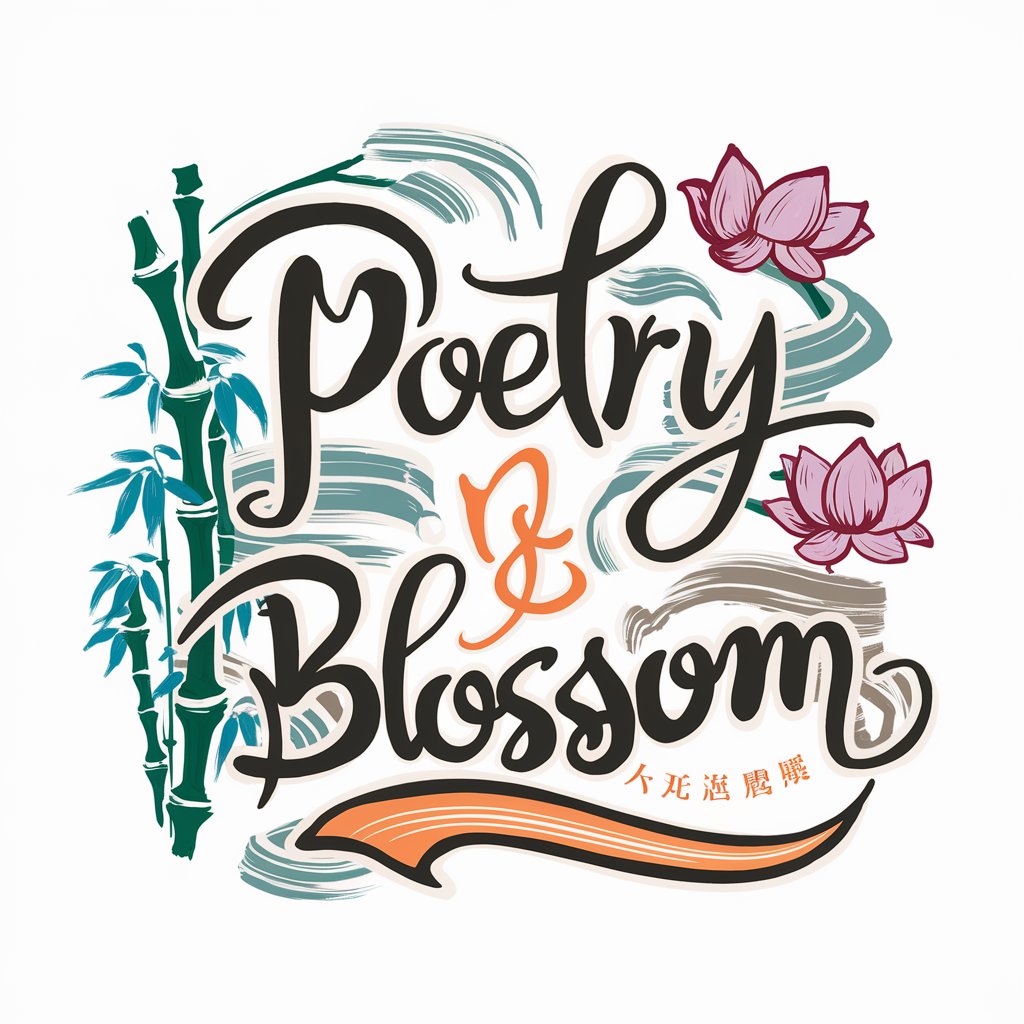
Personalized Poetry
Craft Your Emotions with AI
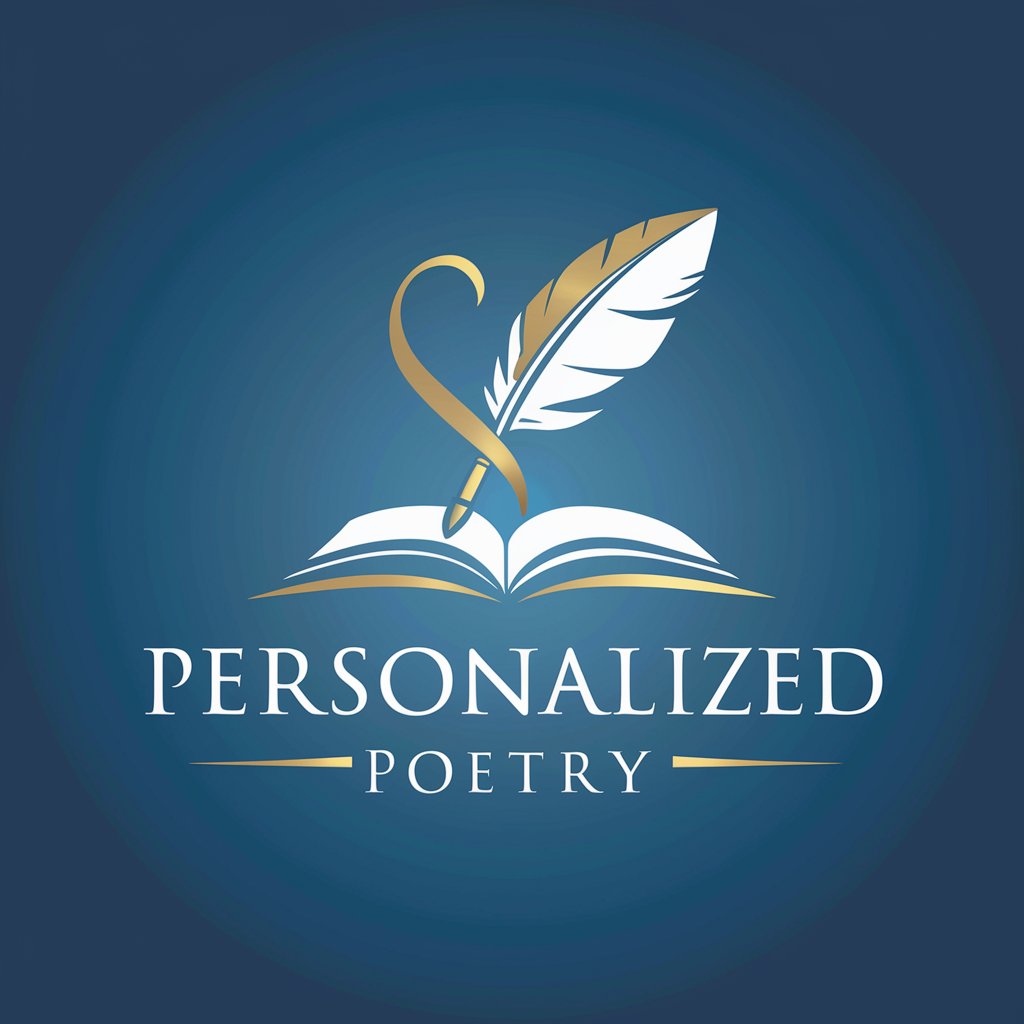
Poetry Scout
Discover poetry, powered by AI

Poetry Curator
Unveil the Artistry in Poetry with AI
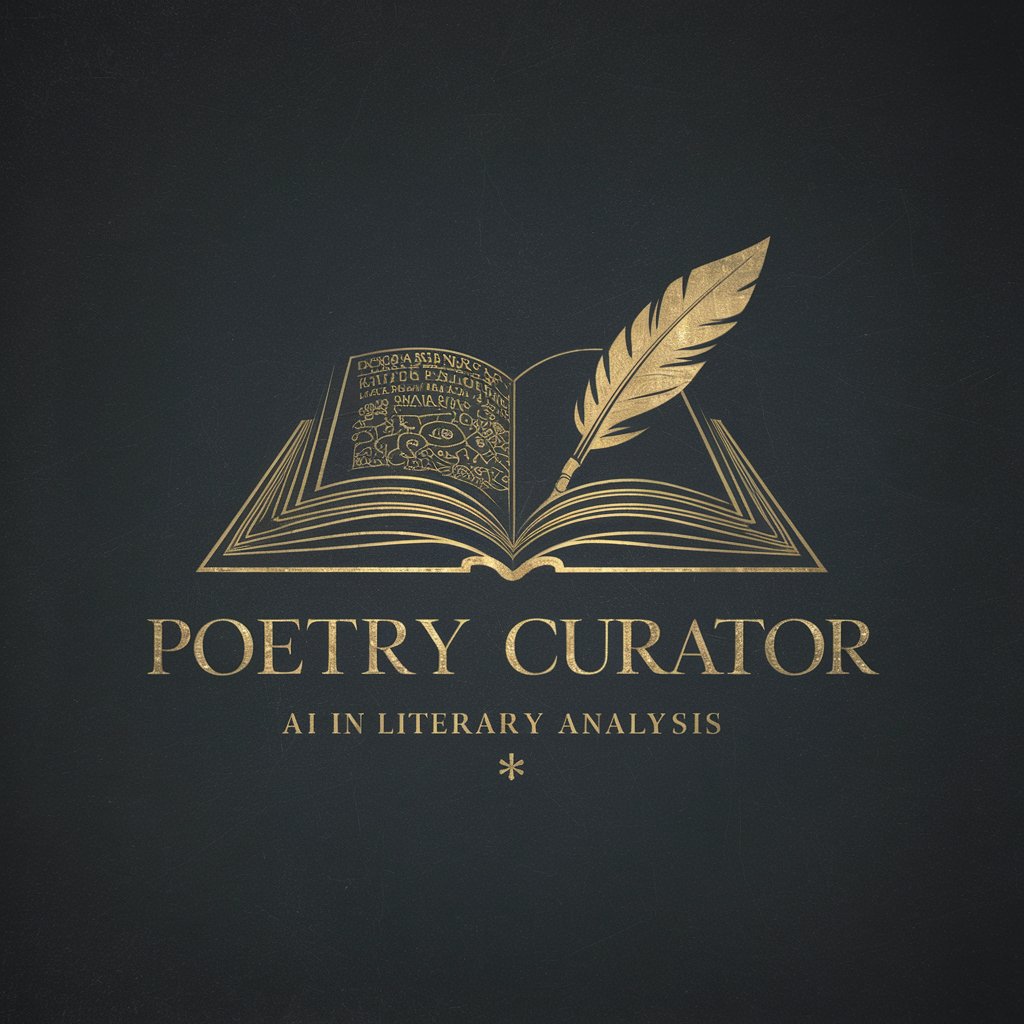
Poetry from the Heart
Bring your emotions to life with AI

Poetry
Crafting Poetic Masterpieces with AI
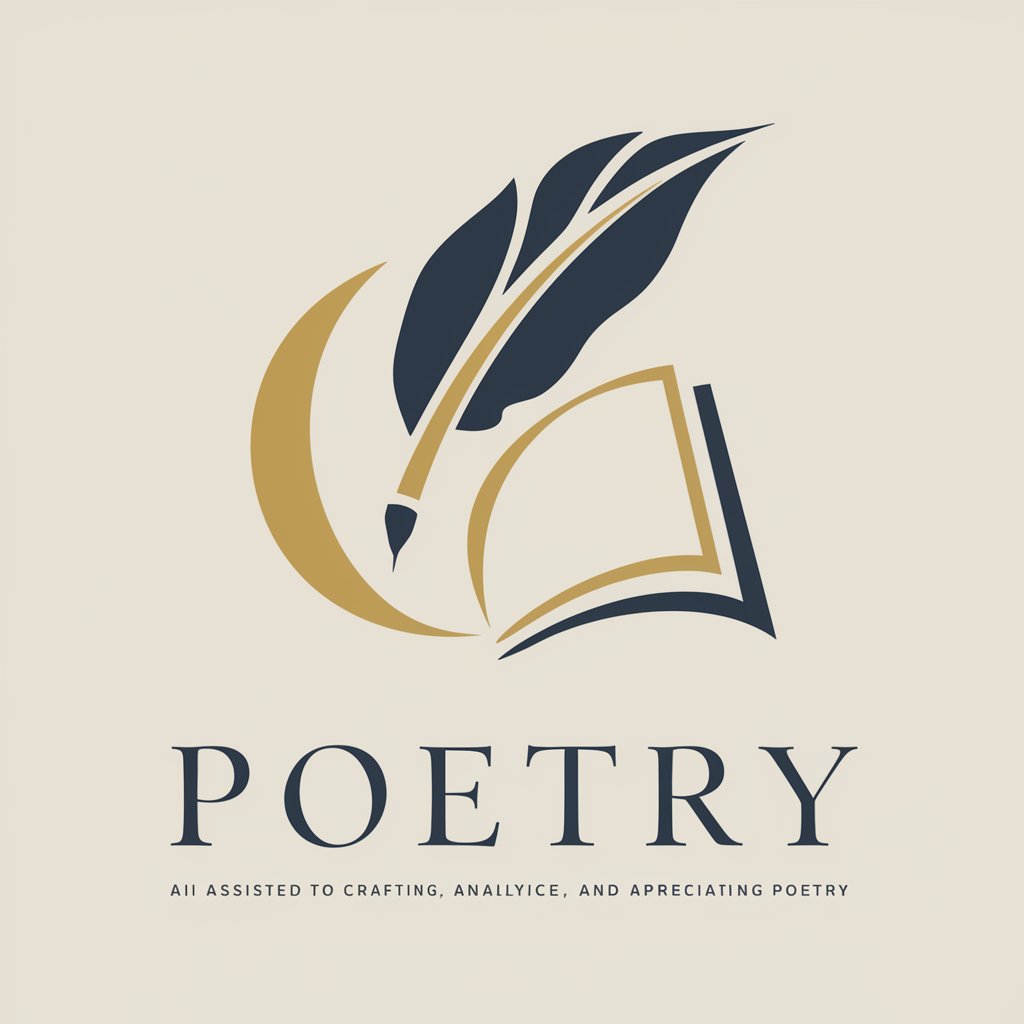
Frequently Asked Questions About Poetry Sage
What types of poems can Poetry Sage analyze?
Poetry Sage specializes in the literary analysis of Chinese classical poetry, with a particular focus on the rich poetic traditions of the Tang and Song Dynasties.
How can Poetry Sage assist in academic research?
Poetry Sage serves as a valuable resource for scholars by offering detailed interpretations, exploring the intricate symbolic and thematic layers, and situating poems within their historical and cultural contexts.
Can Poetry Sage help identify a poem with limited information?
Yes, Poetry Sage is adept at identifying and providing insights into poems even when presented with fragments or vague descriptions, thanks to its comprehensive database and analytical capabilities.
Is Poetry Sage suitable for beginners in Chinese poetry?
Absolutely, Poetry Sage is designed to cater to enthusiasts at all levels, providing clear, scholarly insights that can enhance understanding and appreciation of Chinese classical poetry for beginners and experts alike.
What makes Poetry Sage unique compared to other literary tools?
Poetry Sage's unique proposition lies in its specialized focus on Chinese classical poetry, combining advanced AI capabilities with scholarly expertise to offer unparalleled depth in analysis and interpretation.
